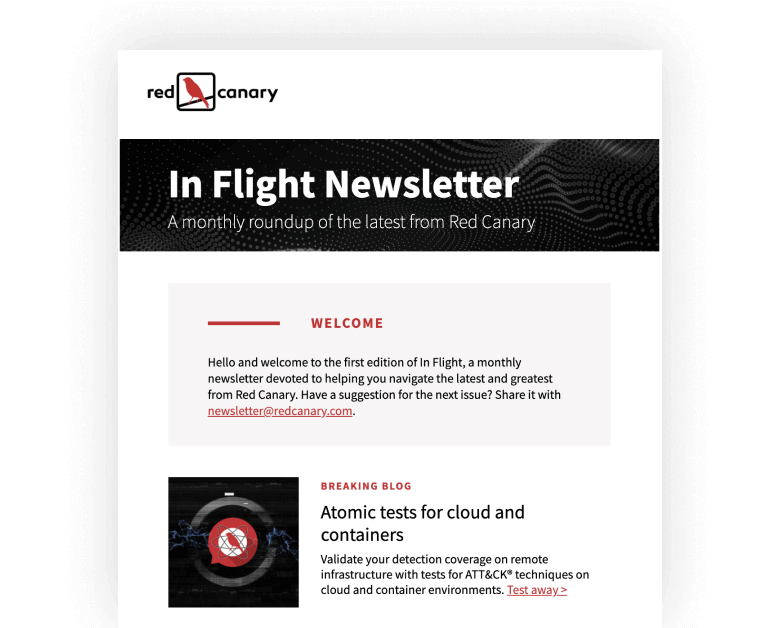UPCOMING Webinars
Select Topic

A newsletter you’ll actually read
One email, once a month. Get a roundup of our best stuff—top articles, new guides, upcoming events, and more.

One email, once a month. Get a roundup of our best stuff—top articles, new guides, upcoming events, and more.